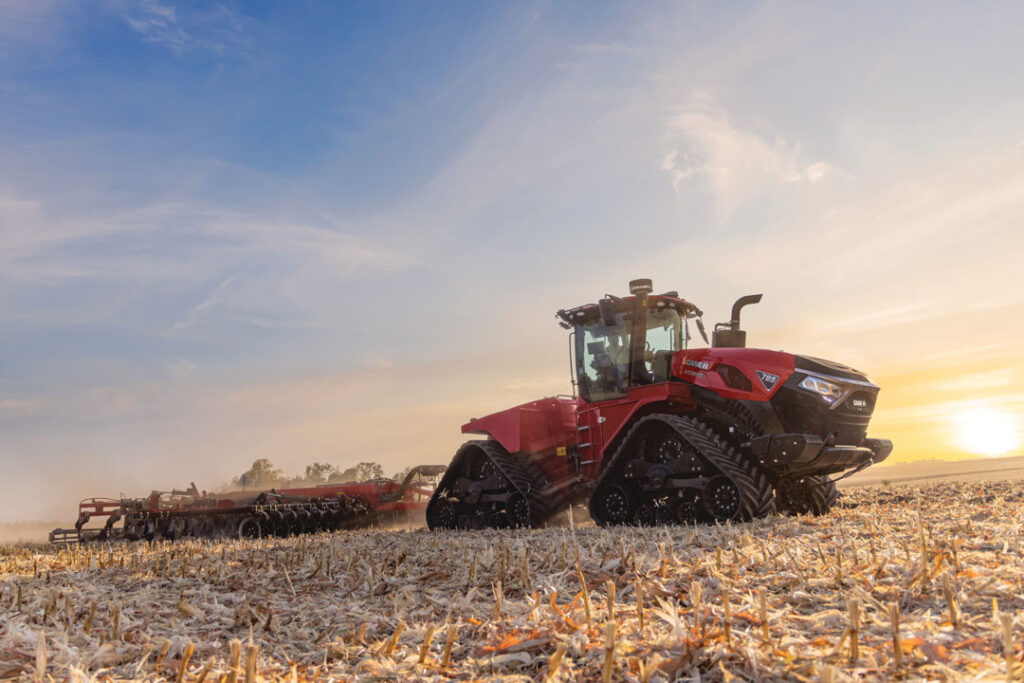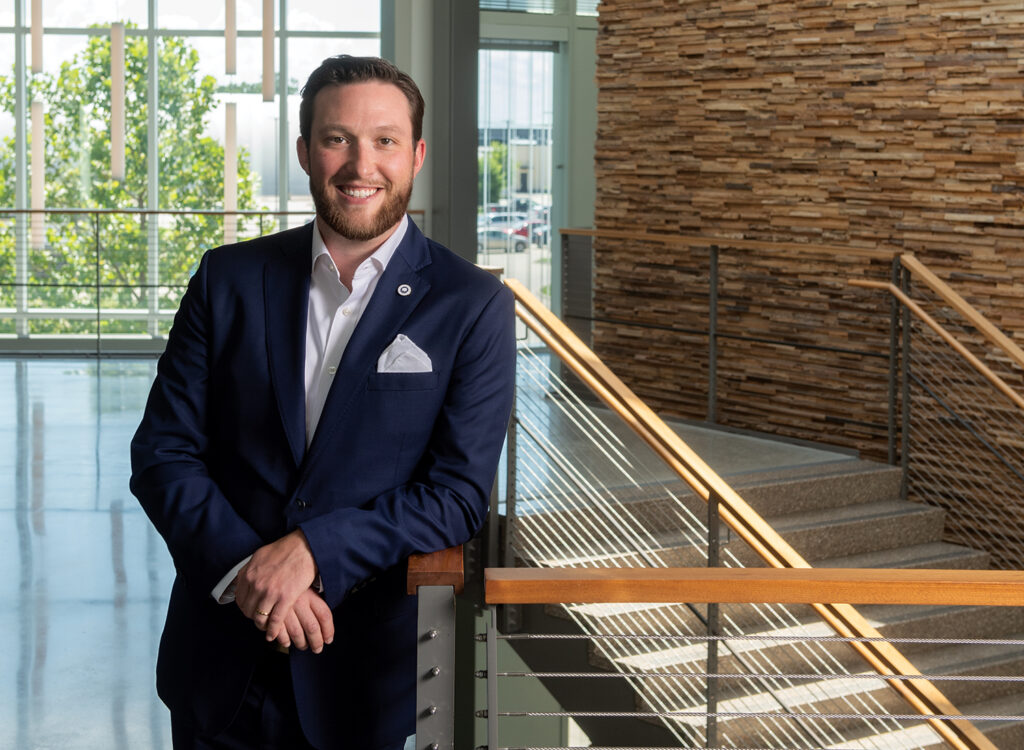With headquarters project growing, Kum & Go seeks increase in state assistance

KENT DARR Aug 21, 2015 | 8:39 pm
3 min read time
711 wordsAll Latest News, Economic Development, Real Estate and DevelopmentThe Iowa Economic Development Authority agreed today to more than double the amount of tax incentives for Kum & Go’s corporate headquarters in downtown Des Moines.
In June 2014, the IEDA board approved $9.1 million in tax credits for what at the time was conceived as a 120,000-square-foot, $92 million headquarters in the Western Gateway. The size and cost of the project have increased to 160,000 square feet with construction costs of $143 million and an additional $8 million in furniture and fixtures.
Kum & Go spokeswoman Kristie Bell said the company submitted a new application for nearly $18.6 million in incentives under the state’s High Quality Jobs program.
Kum & Go’s parent company, Krause Holdings Inc., filed a new application because the enterprise zone assistance that was in place last year was abolished by the Iowa Legislature, IEDA spokeswoman Tina Hoffman said.
Bell said the company will create 90 jobs and retain 11 at a qualifying wage of$25.52 an hour. Under the initial award, Kum & Go said it would create 62 jobs at $18.24 an hour.
Hoffman said the board rescinded the earlier award and treated today’s request as a new application.
The state tax incentives are based on the $143 million in construction costs.
A development agreement with the city of Des Moines is in draft form and will be presented to Kum & Go next week, Assistant City Manager Matt Anderson said. According to a state report, Kum & Go could receive $20 million in tax increment financing rebates over 20 years, and a $400,000 job-training grant from Des Moines Area Community College.
The Des Moines City Council will not be asked to act on the agreement for at least another month and possibly not before October, said Erin Olson Douglas of the city’s economic development office.
Kum & Go CEO Kyle Krause has said his family-owned operation is rapidly outgrowing its West Des Moines headquarters. The search for land ultimately led to the purchase of properties that fall roughly between Grand and Ingersoll avenues on the south and north and 14th and 16th streets on the east and west.
The main campus will be located between 14th and 15th streets and include a large public space that stretches out from a six-story building dominated by glass and sweeping roof lines that was designed by international architecture firm Renzo Piano Building Workshop.
Designers have said passers-by will be able to stand in the John and Mary Pappajohn Sculpture Park south of the building, called the Krause Gateway Center, and see through it to neighborhoods north of the building.
The company is in the process of determining what to do with neighboring properties it has acquired in recent years, including the Jefferson Apartments, the current location of the Gas Lamp tavern and the former Crescent Chevrolet auto dealership.
Krause Gateway Center will have unique features that include a faux antenna that will serve as a symbolic representation of company’s outreach to its operations in 11 states. Kum & Go is the fifth-largest, privately owned and company-operated convenience store operation in the country.
Other features include a rooftop garden with plants and grasses typical of native short-grass prairies and “active and passive” forests at ground level. The active forest will feature footpaths and serve as an invitation to the public to picnic or otherwise wander through the grounds, while the passive forest will be pleasing to the eye.
The fifth floor of the building will be rotated to adjust to what many call the “convergence vortex” near 14th and Grand, where the alignment of street grids shift to a 90-degree axis.
Krause Holdings entities Solar Transport and Des Moines Menace soccer also will have their operations at the building. Though 221 people now work at the company’s West Des Moines headquarters, an estimated 300 will arrive at the Krause Gateway Center when it is completed in early 2018. Construction is expected to begin in November.
According to a report to the IEDA, the project also will be financed in part by $107 million loan from JPMorgan Chase & Co. and nearly $44 million in equity, cash and working capital from Krause Holdings and Kum & Go. Public financial incentives typically are factored into a developer’s equity contribution.









